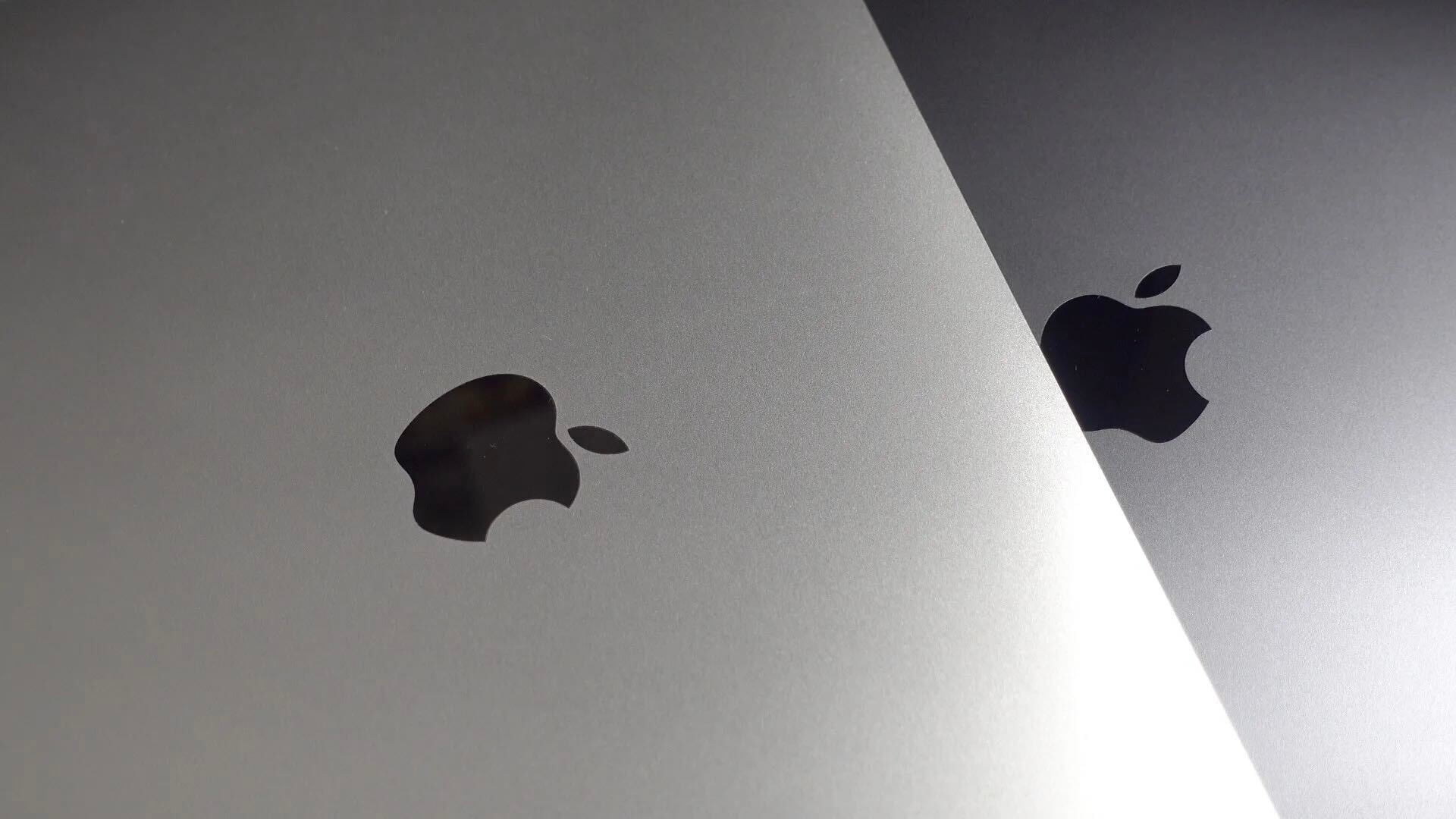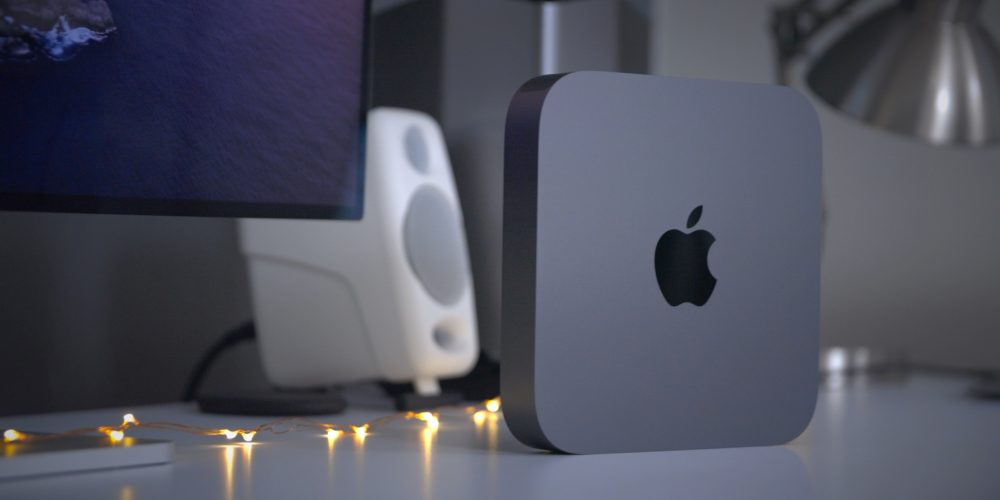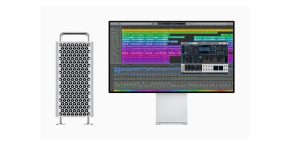
After Apple’s October “Unleashed” event, the company added even more M1 Macs to its lineup as it continues its two-year transition to Apple Silicon. Despite this expansion, there are a few Macs that still run Intel chips being sold by the company. Here they are.
As of now, there are three Macs that Apple sells that run Intel chips: the 2020 27-inch iMac, the 2019 Mac Pro, and the 2018 Mac mini. Apart from them, all other Macs run Apple’s silicon, which means the M1, M1 Pro, or M1 Max.
2020 27-inch iMac: the first with a 1080p webcam
A few months before the first batch of M1 Macs were introduced, Apple revised its 27-inch iMac. With the same design, it brought the 10th generation Intel chips, making this computer considerably faster compared to its predecessor.

With a beautiful 5K Retina display and nano-texture glass option to reduce glare, it was the 1080p camera that got people’s attention, as it was the first time Apple ditched 720p front-facing camera.
Not only that, this iMac can be upgraded with up to 128GB of RAM, 16GB of GDDR6 memory, and 8TB of SSD. This Mac starts at $1,799, but to be fair unless you need an Intel computer for a very specific task, you should wait a bit more. A replacement for this iMac with its own Apple Silicon is due to arrive next year.
According to the latest rumors, Apple plans to replace this Mac with a new 27-inch iMac Pro model featuring a miniLED display with ProMotion technology as well as lots of port, and Touch ID support.
If by any chance you’re still trying to find an Intel model of the current 2020 27-inch iMac, it’s here.
2019 Mac Pro: Bigger is better

With a very Jony Ive design, this Mac Pro, or carefully called Apple’s cheese grater, was introduced during the WWDC19 alongside the Pro Display XDR.
The best part of this CPU is its configurability and the possibility to expand most of its specs. As Apple says, “It is a system created to let a wide range of professionals push the limits of what is possible.”
The Mac Pro can have up to 28 cores, 2933MHz DDR4 ECC memory, 140GB/s memory bandwidth, and a six-channel memory system. It also was recently updated with new graphics card modules, including the Radeon Pro W6800X MPX Module, the Radeon Pro W6800X Duo MPX Module, and the Radeon Pro W6900X MPX Module.
Bloomberg reported earlier this year that Apple had “discussed” using Intel processors in a future Mac Pro update. This comes as the company is also developing higher-end Apple Silicon chips destined for the Mac Pro. In a January report, Mark Gurman wrote:
Apple is also working on a pair of new Mac Pro desktop computers, its priciest Mac machines that don’t come with a screen included, the people said. One version is a direct update to the current Mac Pro and will continue to use the same design as the version launched in 2019. Apple has discussed continuing to use Intel processors for that model rather than moving to its own chips.
In a post on Twitter, Gurman doubled down on this claim and said that “Apple has indeed been working on an update to the Intel Mac Pro.”
Even though, this $5,999 minimum machine is also set to receive a redesign with Apple’s own silicon next year, as you can learn more about it here.
2018 Mac mini: almost saying goodbye

When Apple introduced the first M1 Macs, it brought a new Mac mini. Even so, the company kept selling the 2018 Mac mini with an Intel processor, mostly because it was the early days of the M1 and people could’ve wanted a more affordable option that could run all the apps available on the macOS system.
While an updated Mac mini with a next-generation Apple Silicon is slatted for next year, customers can still get the old Intel Mac mini.
It has an 8th-generation Intel Core processor, at least 8GB of memory, and 512 GB of SSD storage. It’s also way pricier than an M1 Mac mini. You can buy it here.
Is it worth buying an Intel Mac today?
It’s not. As the power of the M1 chips has been impressing reviewers and customers, it’s almost a waste of money to buy an Intel Mac today. For example, we’re in the middle of the two-year transition from Intel to Apple silicon, which means it won’t take long for the company to stop supporting Intel models.
Not only that, the M1 chips are faster, more efficient, and some even come with a new industrial design. The only reason to buy an Intel Mac today is whether you have a very specific task that could only be properly executed with an Intel processor.
Are you planning to get an M1 Mac, or do you already have one? Share your thoughts in the comment section below.
FTC: We use income earning auto affiliate links. More.



Comments